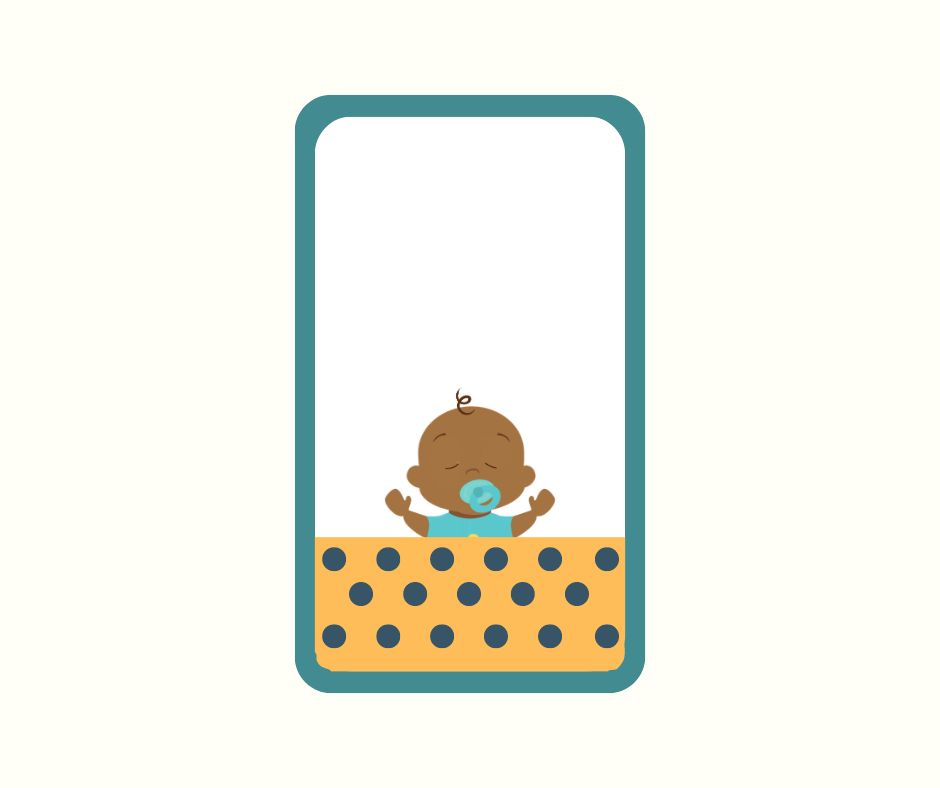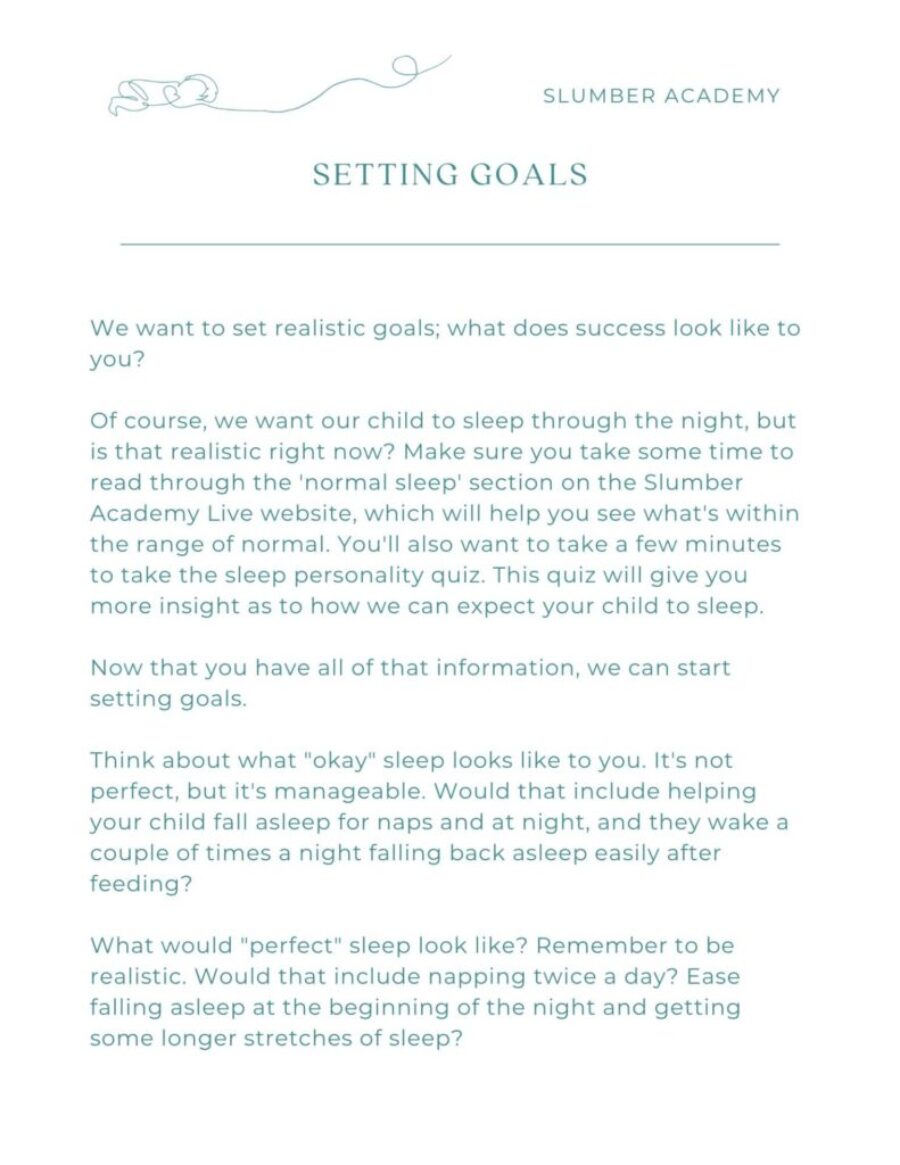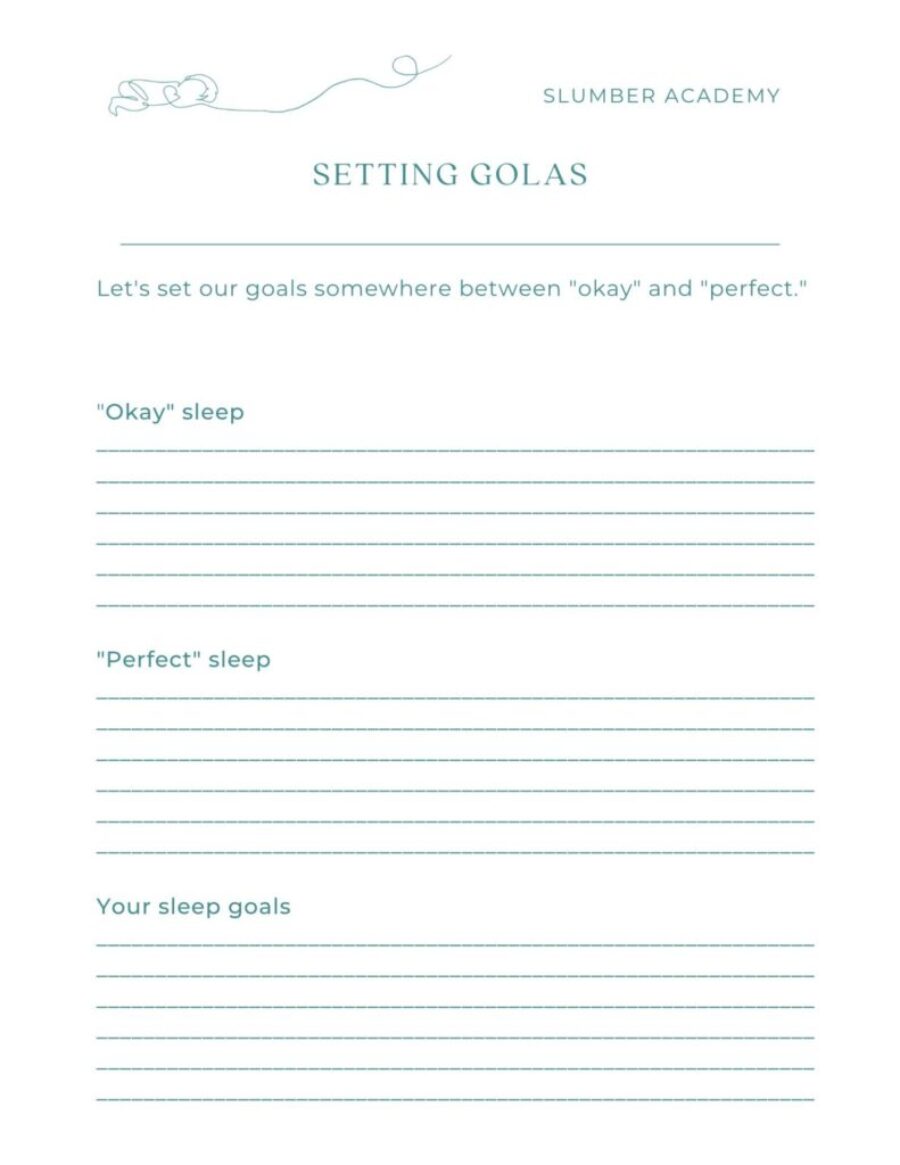Have any questions about which course would be the best fit for you?

Your child has been on the 2-3-4 daily routine, or a slight variation of this daily routine (two naps a day, the shortest awake period, then the second longest awake period and the longest awake period after the second nap), and will remain on this daily routine until they are ready to shift to one nap. This usually happens sometime between 12 and 18 months. The average is 15 months old. You’ll find a masterclass HERE on shifting to a one-nap-a-day schedule.
Once your child naps once a day, they will remain with this one nap until sometime between 3 and 5 years old.
Toddlers can be very opinionated about sleep, and they learn the skills to delay falling asleep for both naps and night sleep. If they’re tired enough and relaxed (how relaxed can a toddler get?!), taking up to an hour to fall asleep is quite normal.
With this age group, we often see nap strikes. If your child suddenly delays or stops falling asleep at nap time, it doesn’t mean they are ready to drop their nap. Keep insisting on a naptime, but call it something different and let them know that they don’t need to sleep.. Set them up with some books or toys in their bed and let them have some alone time in their room. When they’re ready to start napping again (which may be in a few weeks), they’re in the right place, and it’s easy for them to do
AVERAGE SLEEP DURATIONS BY AGE GROUP


Now your child is out of the 4th trimester, they are no longer newborns (they stopped being a newborn at two months old!).
As your child develops, so does their sleep. A big shift in sleep happens around 12 weeks from your child’s due date. If they were born early, the transition would happen later than 12 weeks, and if they were born late, the change would happen later.
Your child’s sleep will shift from newborn sleep cycles to the same sleep cycles you and I go through, though they are shorter. This means your child is now getting into the deepest sleep, and they are dreaming.
Night sleep continues to develop; you may notice your child gets a longer stretch of sleep at the beginning of the night. Their bedtime may still be quite late, but it will naturally get earlier over the next few weeks/months.
Hunger is still going to dictate wake-ups through the night. Though some children in this age group sleep through the night, most do not. If your child is waking hungry, the best thing to do is feed them!
When your child gets into a darkened space, they will produce higher melatonin levels. This hormone induces sleep and is something we want your child to produce.
Different areas of the brain now manage day naps and night sleep. Your child may get some longer stretches at night, but naps will likely become more challenging. Maybe just one sleep cycle (30 – 45 minutes); though your child may have been napping for up to 2 hours, them now napping for just half an hour may feel challenging. Don’t worry; this is quite normal. Lots of children can nap longer with help. They might take a longer nap if you walk with them in the stroller or the carrier. This happens because the movement lulls them back into a deeper sleep at the end of their sleep cycle. You may notice them beginning to wake. They may start moving around a little or making some noises. The movement of your walking, you may also begin to pat their back a little and shush, will help them back into a deeper sleep, and they have connected sleep cycles.
Naps begin to develop sometime between 4 and 6 months of age. They develop individually. The first nap of the day is the first to develop, the second, and the third. Until they have developed, you may find naps to be a challenge. Don’t worry; this is quite normal.
At nine months, we have a giant sleep regression. This sleep regression is the largest sleep regression your child will go through. A lot is happening developmentally at nine months old; your child may be beginning to crawl; as they move themselves around, they are likely to have separation anxiety. There is also a lot developing in their brain. Any of these could be enough to cause a regression, and we have all three happening simultaneously. Phew! This regression can last a while. A couple of months is not unheard of! Sorry.
At around nine months old, you may feel your child is ready to drop to one nap; take my word for it, they’re not. It’s the regression.
We will continue with the 2-3-4 daily routine until your child is ready for one nap a day; this usually happens sometime between 12 and 18 months of age.
Slumber Academy members are invited to join a live Q & A each week. This is your opportunity to get your questions answered and help develop a plan.
You can submit your questions at any time. Just fill out the form giving me as much information as possible. The Q & A is recorded, so you don’t need to join live, the recording is posted shortly after the Q & A has ended. I take note of the time I answered your question, so you don’t have to watch the entire Q & A to get the answer to your questions.
If you can join the Q & A live, then do. This allows you to answer any questions I have. There is a chatbox in the Q & A room where you can pop your questions and answers.
See you in the next Q & A.
Rebecca x x

Studies show that babies who are left to cry alone are flooded with the stress hormone cortisol.
When cortisol remains high for too long, it can inhibit brain development.
Though parents often see their child fall asleep without crying at night 3 when using cry it out, their cortisol level continues to be high at bedtime.
Even if the cry seems urgent, babies who cry whilst being held have much lower cortisol levels.
Powered by WishList Member - Membership Software
